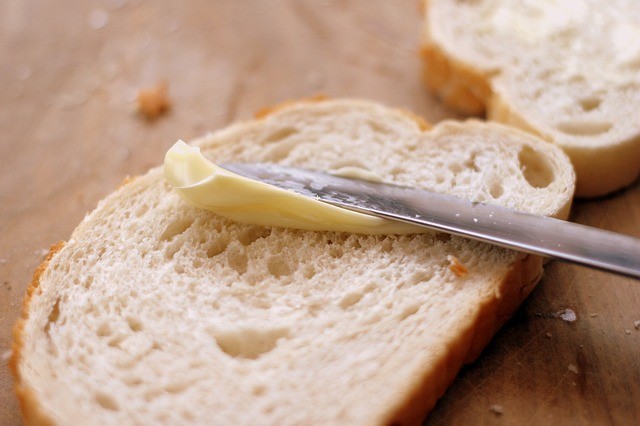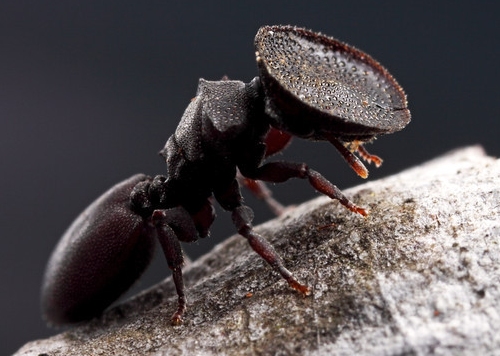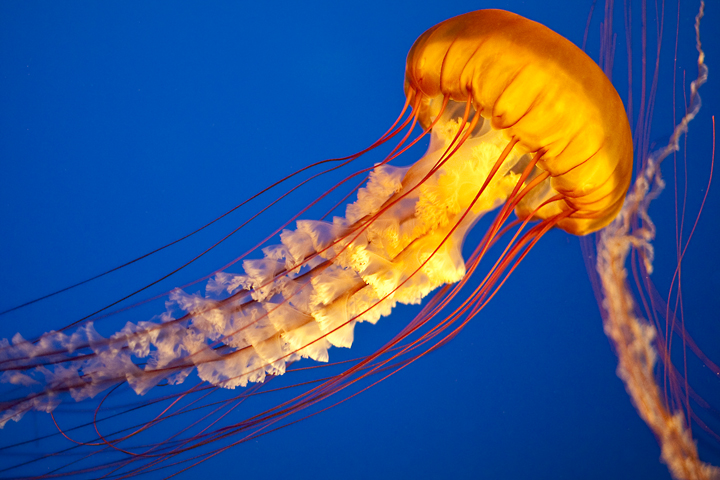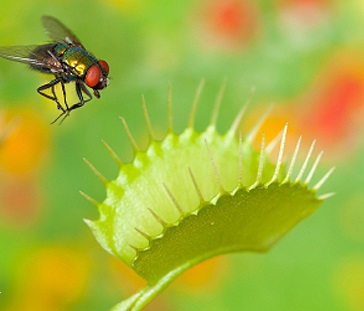They are called tuned mass-dampers and are used in engineering all over the world. A mass-damper consists of a huge concrete block or steel body that is suspended on the top floor of very large skyscrapers which can weigh over 1000 tons depending on the size of the building. In the event of movement of the building the pendulum moves in the opposite direction, usually on hydraulics or springs which counteracts the initial movement so the building doesn’t sway from side to side, this prevents the people inside from receiving motion sickness and a crippling fear of skyscrapers.
The movement of the building can be caused by various effects, one of the major contributors is wind. Some of the larger skyscrapers in the world can reach over 2000 feet into the sky and up there the wind currents can be much stronger. The strong currents can push the building, the mass-damper comes into play here and pushes back against the wind causing the building to remain stable so no one inside will notice the change.










